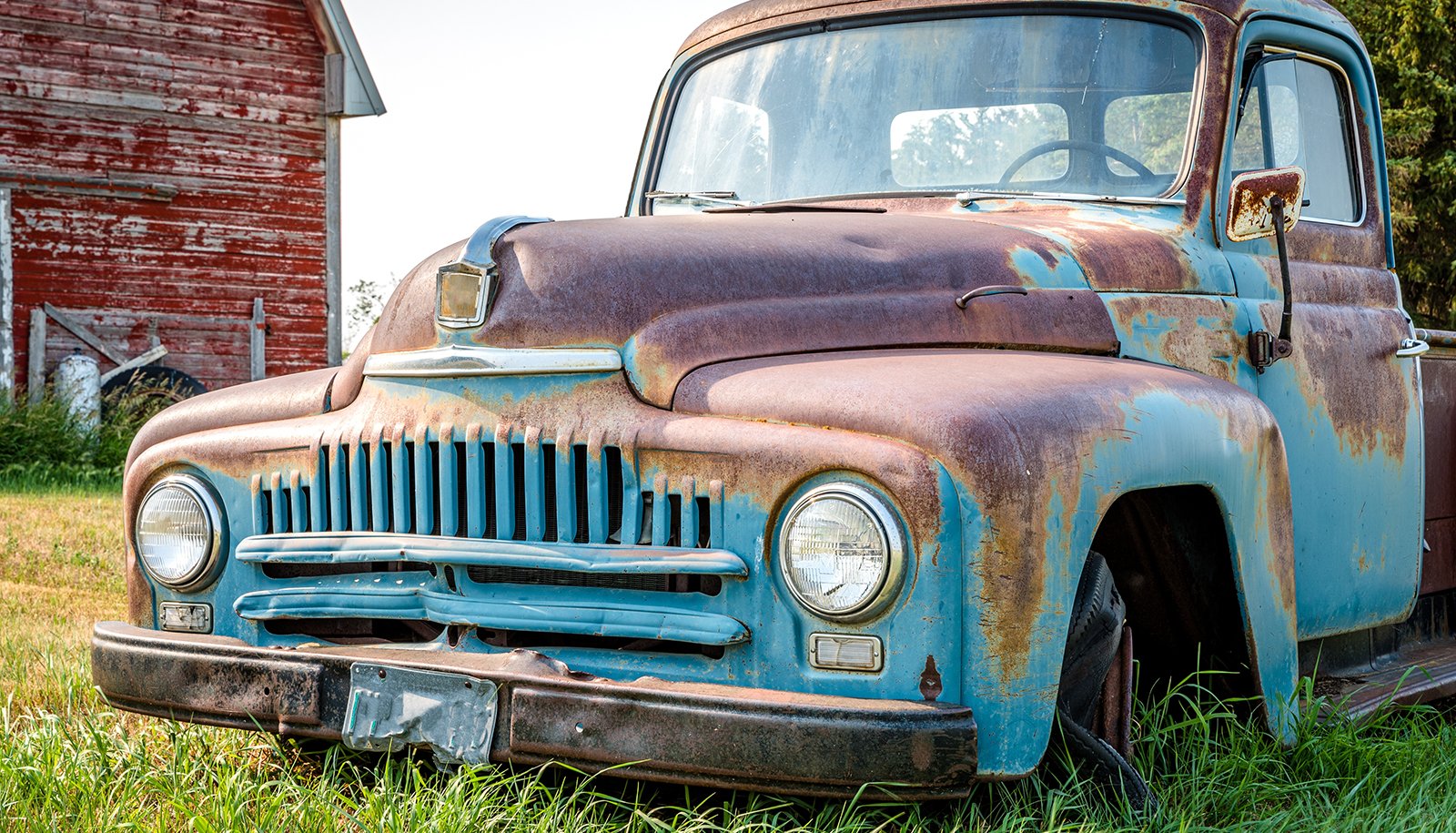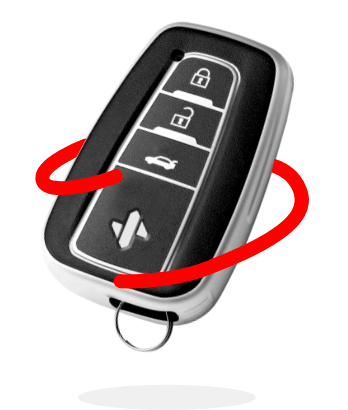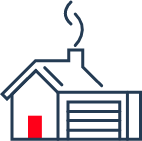Have you ever paid attention to how close the nearest fire department or fire hydrant is to your home?
There are a number of factors that go into calculating your homeowners insurance rate and potential fire damage is just one of them. As it turns out, the proximity of the closest fire department and hydrants are also just part of the equation that insurance carriers use to assess how likely a fire could be put out in your area.
Here’s what you’ll learn about fire damage and homeowners insurance:
- What is an ISO rating?
- How is the ISO rating calculated?
- What to do if you have a negative ISO fire rating
WHAT IS AN ISO RATING?
To assess how likely fire rescue could respond to a potential fire in your home, insurance experts use a rating system to calculate your premium.
The Insurance Services Office (ISO) is responsible for rating how well a potential structure fire can be put out. The ISO fire score is then provided to homeowner insurance companies to help calculate an insurance rate for customers.
HOW IS THE ISO RATING CALCULATED?
The ISO fire rating combines a number of factors to determine the Fire Suppression Rating Schedule (FSRS), including:
- Quality of local fire department (50 points): The bulk of the fire rating assesses your nearby fire department, including: staffing levels, training, equipment on firefighting vehicles, pumping capacity, proximity of the closest firehouse, and more.
The ISO is looking for a fire department that is located less than 5 driving miles from the home. Any more than that and the score increases (making it more negative). - Water supply (40 points): How close are fire hydrants to the home, what type of hydrants, and how much water is available? This part of the score also assesses certain hydrant inspection protocols to ensure the hydrant itself is in good working order.
The ISO rating is looking for fire hydrants that are under 1,000 feet away. Any more than that and the score increases (making it more negative). - Quality of emergency communications (10 points): What’s the quality of your local 911 system? This portion of the rating looks at the area’s ability to both handle and respond to structure fire alarms.
- Community outreach (additional 5.5 points): These “extra credit” points are given based on availability of local fire prevention and safety courses.
When an ISO fire rating is calculated for a particular property, a score or rating of 1-10 is assigned. However, unlike most scores, a lower score is ideal for the ISO fire rating. The lower the score, the more likely a home can be saved from a potential fire.
ISO Split Classifications
Additional split classifications are given based on fire department and fire hydrant (or water supply) proximity.
For instance, one score is given for a home within 5 miles of a fire station and 1,000 feet of a fire hydrant or water supply. Another score is given for a home within 5 miles of a fire station and over 1,000 feet away from a fire hydrant or water supply. A third score is given for those homes that are over 5 miles away from a fire station.
WHAT TO DO IF YOU HAVE A NEGATIVE ISO FIRE RATING
Every homeowners insurance policy is unique, so it’s helpful to check with a trusted insurance broker to get the best options. (In fact, some providers — like State Farm — don’t use ISO scores and use their own internal metrics (like historical fire data) to determine fire damage potential.)
That said, if it turns out you have a negative (or high) ISO fire rating because of your home’s location, there are a few steps you can take to improve your fire safety (and therefore your homeowners insurance rates).
Many insurance carriers will offer discounts if you take some (or all) of these steps:
- Ensure no one in the home smokes
- Install a central alarm (that notifies fire emergency authorities)
- Install a lightning protection system
- Install a sprinkler system
- Install smart smoke alarms
- Keep fire extinguishers around the house
Some homeowner insurance carriers will also provide discounts for safer home designs (where fires would have a difficult time traveling through the home) and home improvement updates (such as building with fire-resistant materials).
Taking steps to fireproof your home will not only create potential homeowners insurance discounts, but it will also help save your family (and your home) from unnecessary fire damage.
As you can see, there are a number of factors involved in determining the fire safety for your home; proximity to a fire hydrant is just one.
Get started by checking rates with a trusted provider. If you need help finding the best homeowners insurance coverage for the best price, talk to a SimplyIOA agent at 833.872.4467 or get a homeowners insurance quote online now.


.png)








